The OLOID Blog
Articles and Podcasts on Customer Service, AI and Automation, Product, and more


Featured
Zero-Trust Implementation Guide: Steps, Policies, & Best Practices
Zero-Trust Implementation transforms traditional security by continuously verifying every access request. Organizations adopt this model to protect against modern threats like credential theft and lateral movement. This guide provides practical steps, technical architecture insights, and real-world use cases. Enterprise security teams gain actionable frameworks for deploying Zero-Trust across hybrid environments.

Garima Bharti Mehta
Last Updated:
December 11, 2025


How Face Recognition Login Works in Manufacturing: A Complete Guide
Manufacturing workers lose valuable production time struggling with passwords while wearing PPE, leading to shared credentials on factory terminals that create compliance risks and endless IT support tickets. This guide demonstrates how face recognition login solves these challenges by working seamlessly with safety equipment, providing individual accountability for regulatory compliance, and delivering proven ROI through faster shift changes and reduced IT costs, all while integrating with existing systems like ADP, Workday, and Okta.

Garima Bharti Mehta
Last Updated:
November 17, 2025

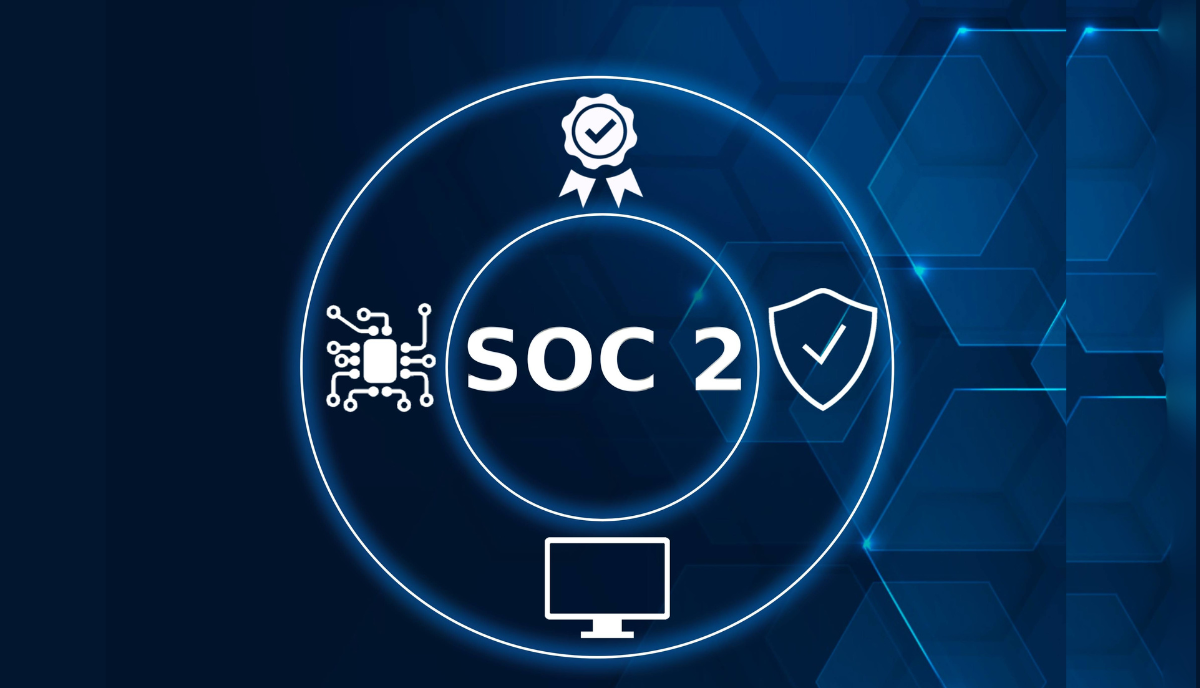
SOC 2 Compliance with Face Recognition Vaults: A Guide for Security Leaders
Security leaders often discover too late that their face recognition vendor's SOC 2 certification doesn't explicitly cover biometric data handling, creating permanent compliance risks since facial data can't be reset like passwords. This guide provides a practical framework for evaluating true SOC 2 compliance in face recognition vaults, including specific audit scope verification criteria, multi-regulatory alignment strategies (GDPR/HIPAA/BIPA), and proven solutions for deployment challenges across shared devices in manufacturing, healthcare, and retail environments.

Garima Bharti Mehta
Last Updated:
October 17, 2025


A Complete Guide to Passwordless MFA Without Mobile Devices
Traditional smartphone MFA fails in regulated industries due to safety restrictions and device bans. Learn seven deviceless authentication solutions - biometric scanners, hardware keys, badge systems, and proximity wearables - that provide enterprise security for frontline teams without requiring personal phones or creating compliance violations.

Garima Bharti Mehta
Last Updated:
October 17, 2025


How Can Manufacturing Facilities Enable Unlimited Users on Shared Devices: A Guide
Manufacturing facilities lose productivity to password bottlenecks during shift changes and per-user licensing costs. This guide covers unlimited user authentication solutions using face recognition, badge tap, and NFC methods that eliminate passwords, reduce IT burden, and enable seamless access for thousands of workers on shared devices.

Rahul Mathew
Last Updated:
November 24, 2025

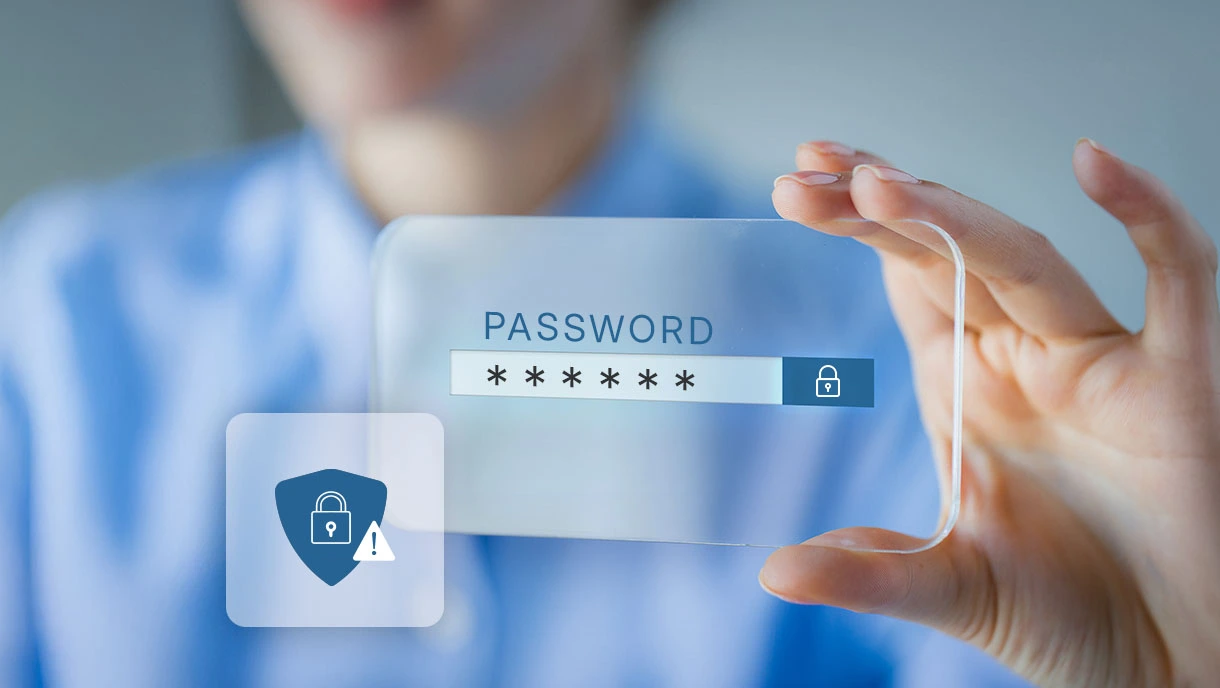
The Security Risks of Shared Passwords in Manufacturing and How Passwordless Prevents Them
Generic credentials and sticky-note passwords create massive security gaps in manufacturing environments. This comprehensive guide covers the business risks of shared logins, why they persist despite vulnerabilities, and how modern passwordless authentication delivers individual accountability while working seamlessly with existing industrial systems and workflows.

Garima Bharti Mehta
Last Updated:
October 17, 2025

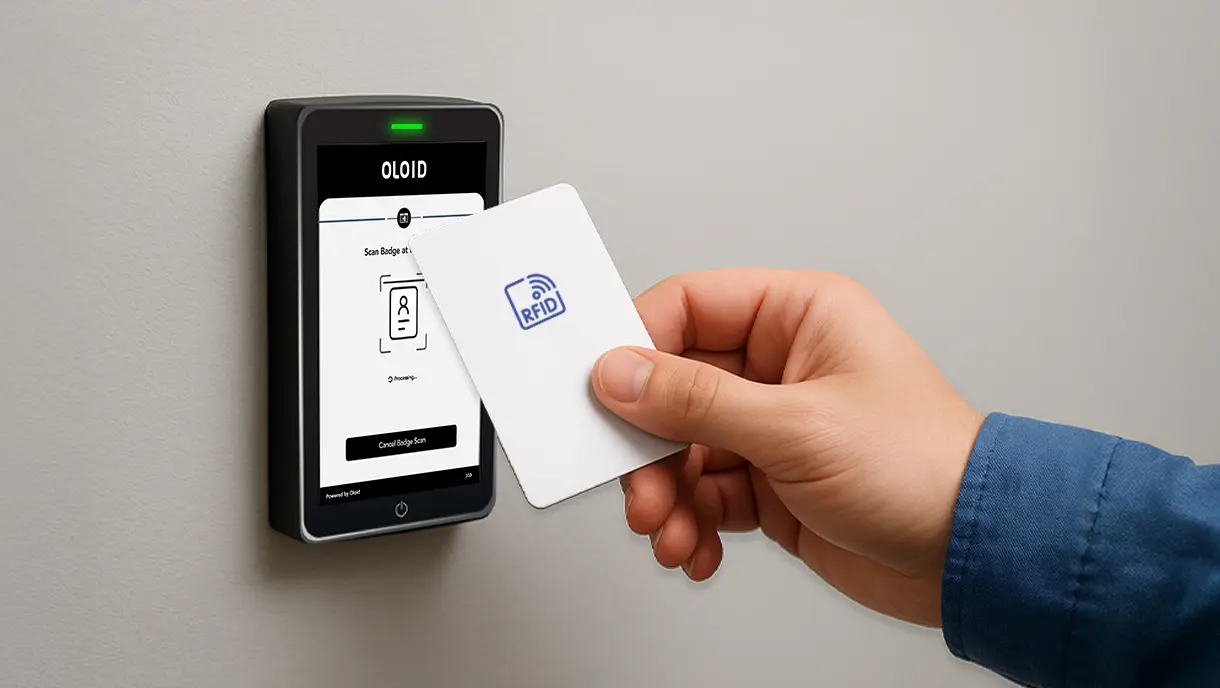
How Zero-Touch PACS Makes RFID Badge Authentication Seamless Across Enterprises
RFID badges are mostly used to handle only physical access, requiring separate digital logins. Zero-touch PACS integration changes this by automatically syncing badge credentials across all systems. This guide covers implementation benefits, technical architecture, and how enterprises achieve unified authentication without manual IT provisioning overhead.

Garima Bharti Mehta
Last Updated:
November 24, 2025


The Complete Guide to Frontline IAM for Manufacturing
Manufacturing facilities struggle with shared passwords, authentication delays, and compliance gaps on factory floors. This guide explores specialized Frontline IAM solutions that enable seamless, secure access for industrial workers while integrating with OT systems and delivering measurable productivity gains.

Garima Bharti Mehta
Last Updated:
November 24, 2025

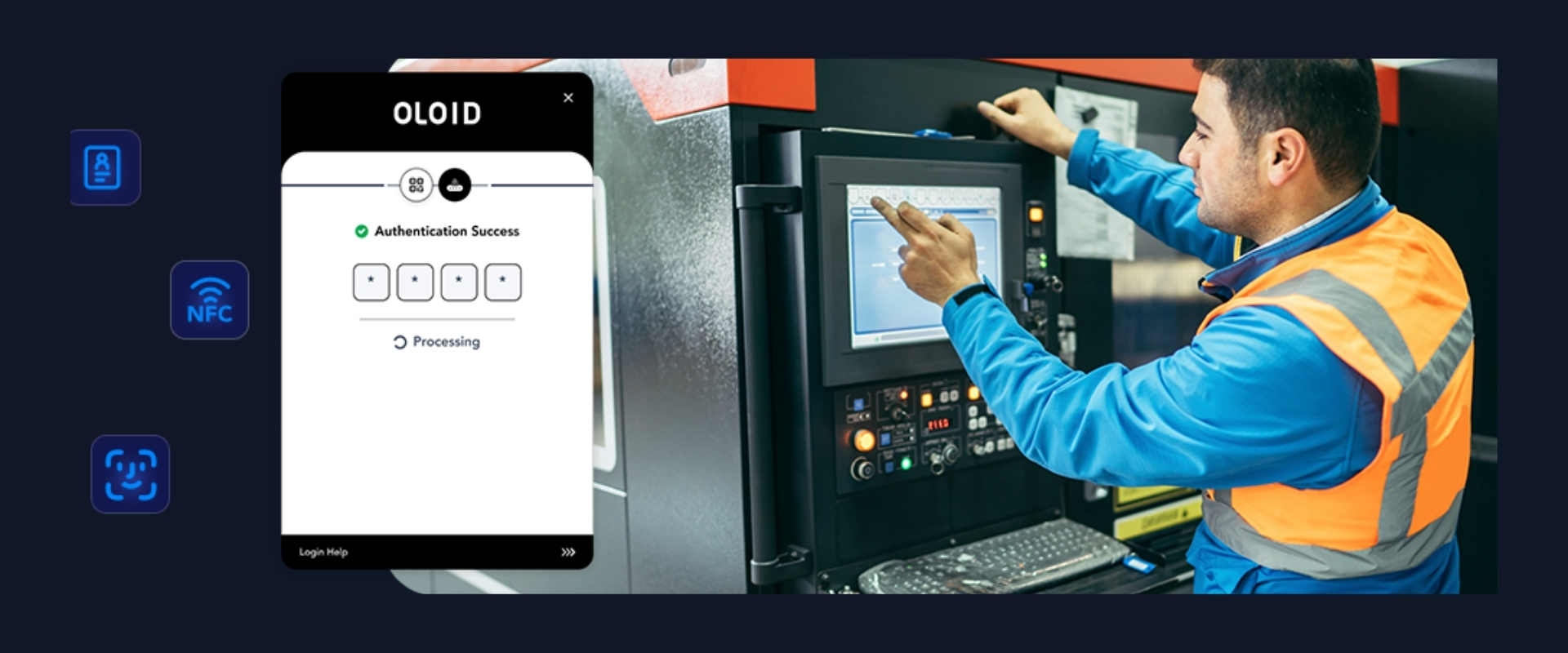
Securing Shared Devices Without Shared Passwords
Shared devices are vital in frontline work, but shared passwords and legacy MFA can’t meet the demands of shift-based, high-turnover environments. Modern security needs contactless, passwordless solutions that scale, ensuring secure access, individual accountability, and fast ROI.

Garima Bharti Mehta
Last Updated:
October 30, 2025

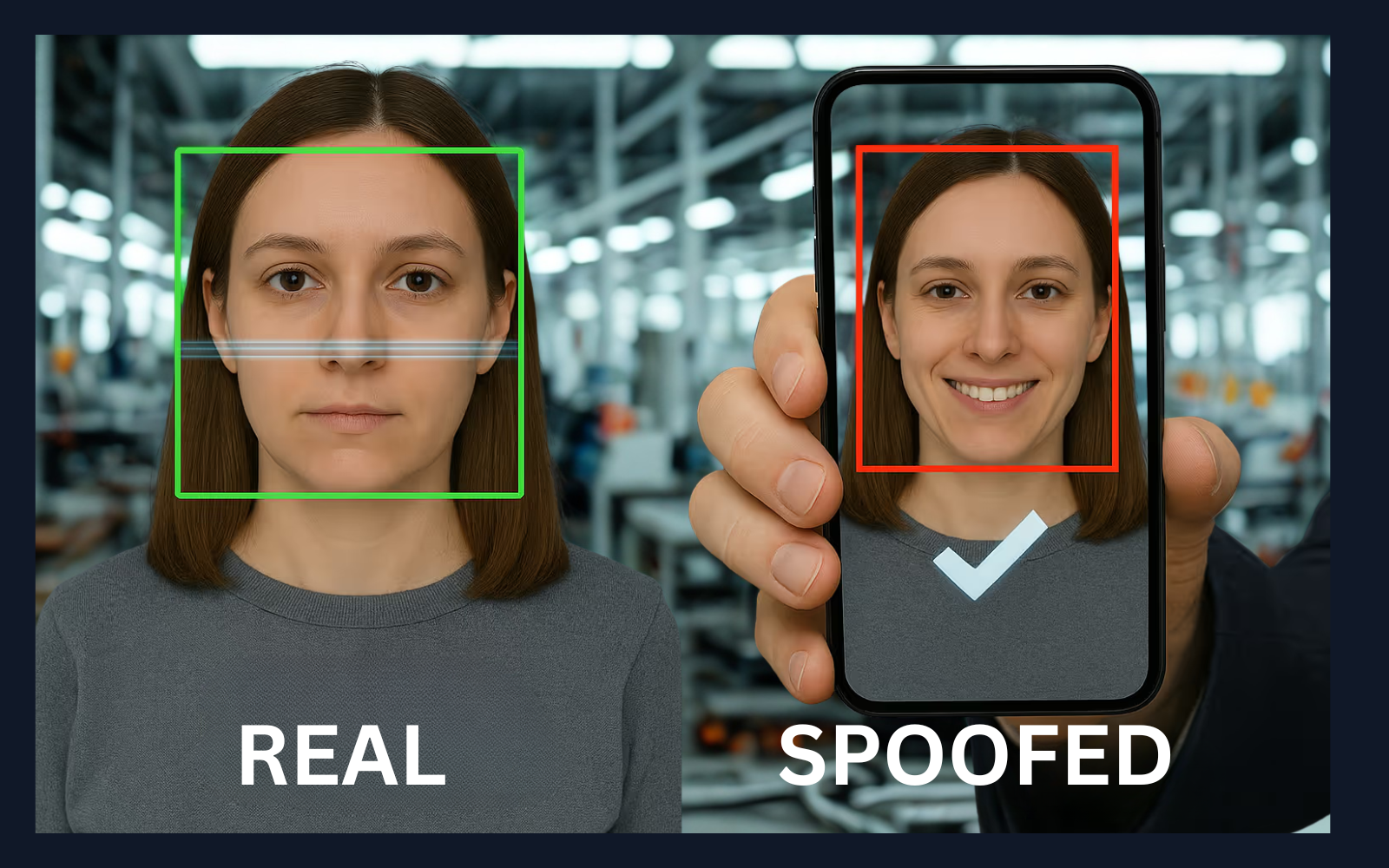
Liveness Detection Guide: Protecting Digital Identity 2026
Learn how liveness detection is revolutionizing digital identity verification in 2026. Discover the technology behind preventing spoofing attacks like deepfakes, photos, and masks. Understand its role in securing transactions, improving compliance, and enhancing security across industries such as finance, healthcare, and manufacturing.
Oloid Desk
Last Updated:
December 10, 2025


How OLOID Secures and Automates Manufacturing Access
The post explains how OLOID secures and automates access in manufacturing environments using modern identity and automation solutions. It highlights features like passwordless authentication, contactless time tracking, and workflow automation. Learn how OLOID boosts safety, efficiency, and compliance for frontline workers.
Oloid Desk
Last Updated:
November 17, 2025


OLOID at Oktane 2024 in Las Vegas
Oktane 2024 is set to prove to be, once again, the biggest Identity event of the year, based on Okta’s standing as the world’s leading identity and access management company, and their industry-leading solutions and thought leadership, along with the participation of strategic partners such as OLOID, a leading provider of physical identity and access […]
Oloid Desk
Last Updated:
October 17, 2025


OLOID at Workday Rising 2024 in Las Vegas
Workday Rising is set to prove to be, once again, the biggest Enterprise Management event of the year, based on Workday’s standing as the world’s leading Finance, HR, and Planning cloud software company, with their industry-leading solutions and thought leadership, along with the participation of innovation partners such as OLOID.
Oloid Desk
Last Updated:
November 8, 2025


Biometrics by the Numbers: Trends, Adoption & Challenges
This post explores how biometric technologies are transforming identity verification and data security. It highlights key statistics on adoption, market growth, and consumer trust. Gain insight into privacy, accuracy, and regulatory challenges shaping the future of biometrics.
Oloid Desk
Last Updated:
December 10, 2025

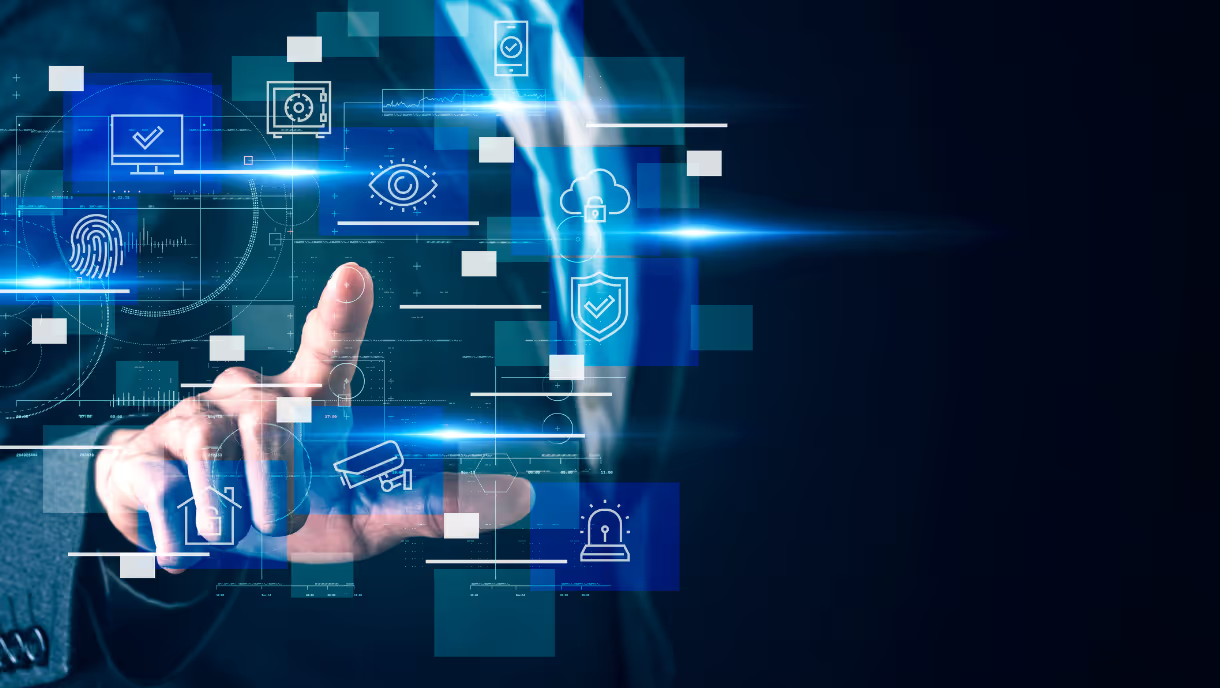
Passwordless vs Traditional Logins: Which Is Better?
As cyber threats grow more advanced, traditional password systems struggle to keep up due to vulnerabilities like phishing and password reuse. Passwordless authentication—using biometrics, security tokens, or one-time codes—offers stronger security, a better user experience, and reduced IT overhead. While traditional methods are simpler to implement, passwordless solutions scale better and future-proof organizational security. A hybrid approach can ease the transition. With support from tech giants, passwordless is rapidly becoming the new standard in cybersecurity.
Oloid Desk
Last Updated:
October 6, 2025

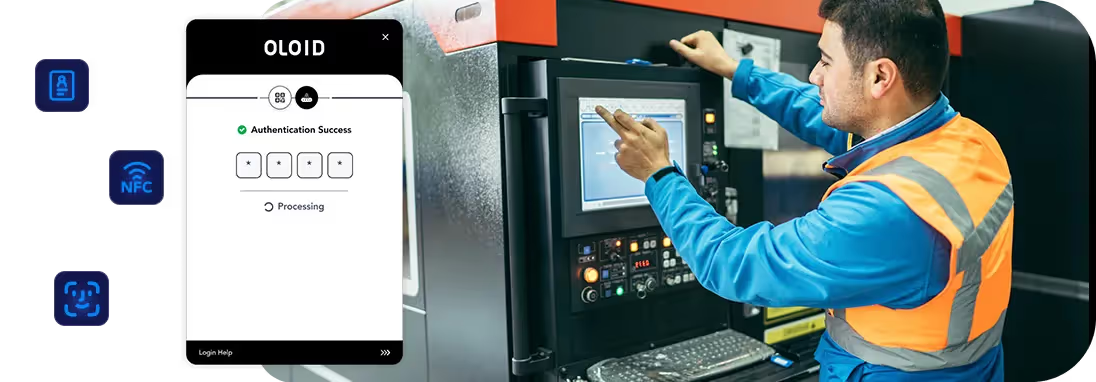
Zero Trust Security with Passwordless Logins Explained
Zero Trust security is a modern cybersecurity framework that assumes no user or device should be trusted by default, whether inside or outside the network. By continuously verifying access and enforcing least privilege, it significantly reduces security risks. When paired with passwordless logins (like biometrics and security keys), it removes the vulnerabilities of traditional passwords, enhances multi-factor authentication, and ensures real-time access control. This combination helps organizations strengthen data protection, limit breach impact, and build a secure, resilient workplace fit for the future of remote work and evolving cyber threats.
Oloid Desk
Last Updated:
October 30, 2025

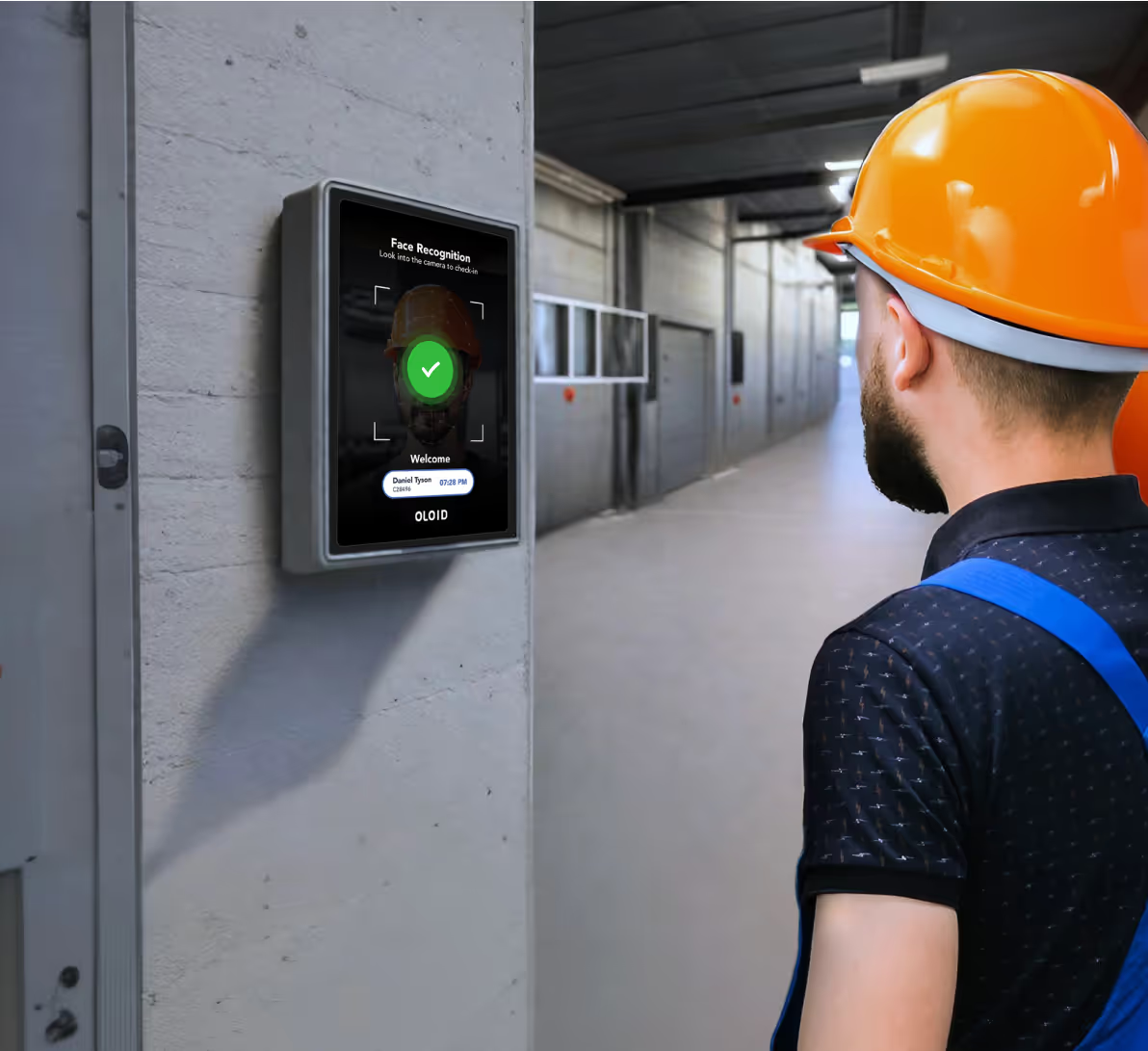
Optimize Payroll with OLOID's Smart Time Clock Solution
Time theft costs U.S. businesses $50 billion annually, with buddy clocking alone accounting for $373 million in losses and manual time tracking creating error rates 8% higher than automated systems. OLOID Time Clock eliminates these costly inefficiencies through facial recognition with liveness detection, achieving sub-second authentication that prevents buddy clocking, reduces shift change congestion by 15 minutes per employee, and integrates seamlessly with existing payroll systems to deliver accurate, fraud-proof time tracking that drives immediate ROI.
Oloid Desk
Last Updated:
November 17, 2025


Choosing the Right Time Clock for Payroll Accuracy
This post discusses how choosing the right time clock system can significantly improve payroll accuracy and efficiency. It outlines the key benefits of automated time tracking, such as reducing errors, ensuring compliance, and streamlining payroll processes. Learn the essential factors to consider—like deployment options, features, usability, security, and cost—to select a system that best fits your business needs.
Oloid Desk
Last Updated:
October 7, 2025

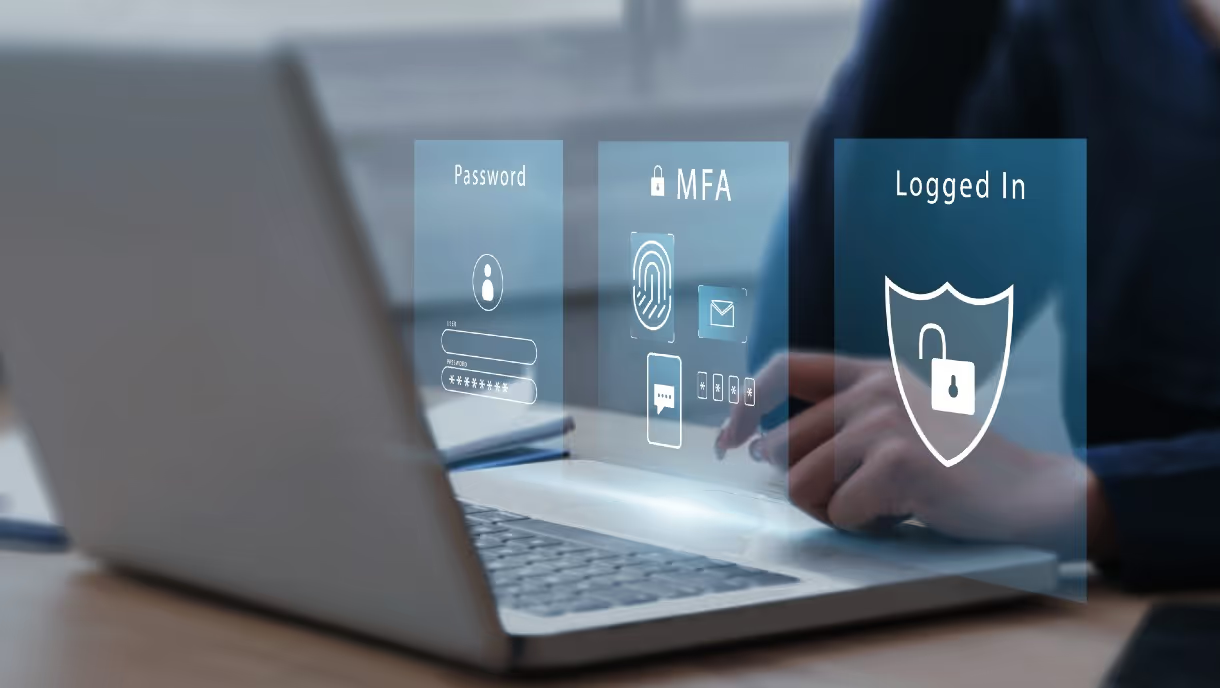
Self-Service Password Reset: Key Requirements & Benefits
Self-Service Password Reset (SSPR) allows users to reset their passwords without IT help, improving productivity and reducing helpdesk load. It requires integration with directories like Active Directory, user verification setup, and strong security measures like MFA. OLOID offers a frontline-friendly SSPR solution using facial recognition, access cards, or PINs—making password recovery fast, secure, and IT-free. This improves efficiency, enhances security, and minimizes downtime for both workers and organizations.
Oloid Desk
Last Updated:
October 18, 2025


Top 5 Benefits of Integrating a Time Clock with Payroll Systems
This post explores the advantages of integrating time clocks with payroll systems to enhance business efficiency and accuracy. It explains how automation reduces manual errors, improves compliance, prevents time theft, and streamlines payroll processing. Learn how this integration boosts productivity, ensures fair compensation, and provides data-driven insights for better workforce management.
Oloid Desk
Last Updated:
November 17, 2025


OLOID's Facial Recognition for Ethical, Passwordless Access
OLOID’s facial recognition is more than just tech; it’s built around ethics, consent, and inclusivity. It solves real workplace access challenges while protecting privacy and avoiding bias. With a focus on fairness and future-proofing against regulation, OLOID ensures that authentication works for everyone, safely and securely.
Oloid Desk
Last Updated:
October 30, 2025


Onboarding Deskless Workers: Go Passwordless for Security
This blog explores how going passwordless can transform the onboarding process for deskless workers by enhancing security and simplifying access. It explains the challenges traditional methods face—like limited device access, time constraints, and password vulnerabilities and how passwordless authentication solves them through biometrics, tokens, and multi-factor authentication. Learn the security benefits, ROI advantages, and best practices for implementing passwordless solutions to create a faster, safer, and more user-friendly onboarding experience.
Oloid Desk
Last Updated:
October 13, 2025


MFA Compliance: Key U.S. Requirements & Regulations
Multi-Factor Authentication (MFA) has become a critical security requirement in the U.S. due to rising cyber threats and stricter regulations. It verifies user identity using two or more factors—like passwords, biometrics, or devices. Regulatory frameworks like HIPAA, GLBA, NIST, and PCI DSS encourage or mandate MFA to protect sensitive data. OLOID offers a passwordless, biometric MFA solution tailored for frontline workers, ensuring compliance, ease of use, and strong security. As threats evolve, passwordless and adaptive MFA are shaping the future of secure authentication.
Oloid Desk
Last Updated:
October 30, 2025


How OLOID Supports Deskless Workers Daily
OLOID offers a passwordless and usernameless authentication platform tailored for deskless and frontline workers, helping CISOs and CIOs reduce insider threats, improve workforce productivity, and strengthen cybersecurity. The platform integrates with SSO systems, simplifies onboarding, enables secure shared device access, and supports multi-factor authentication without requiring phones or hardware keys. With solutions like Cloud Key for physical access and Time Clock for attendance, OLOID enhances operational efficiency, minimizes IT support costs, and ensures compliance. It's designed for high-turnover environments and industries with strict safety and hygiene standards.
Oloid Desk
Last Updated:
October 31, 2025


Common Types Of Password Attacks and How to Defend Yourself
Password attacks—like brute-force, phishing, credential stuffing, password spraying, and keylogging—are growing threats that exploit weak, reused, or stolen credentials. Hackers use various techniques to steal login information, often targeting both individuals and businesses. To stay protected, users must adopt strong, unique passwords, enable multi-factor authentication (MFA), avoid phishing traps, and use antivirus software. Real-world breaches (Adobe, Yahoo, Equifax, Microsoft, Roku) highlight the devastating impact of poor password hygiene. Businesses should train employees, enforce strong password policies, and use security tools to monitor suspicious activity and reduce risk.
Oloid Desk
Last Updated:
December 1, 2025


Top 6 Authentication Challenges for Frontline Shared Device Use
Frontline workers in manufacturing, retail, and other deskless environments face major login challenges—like PPE interference, forgotten passwords, lack of MFA, language barriers, and separate admin systems—that hurt productivity and security. OLOID addresses these issues with a frictionless, passwordless authentication solution using facial and palm biometrics, access badges, and passwordless SSO. This approach eliminates password hassles, ensures accountability, supports Zero Trust security, and improves login speed across shared devices—without requiring personal smartphones or complicated instructions.
Oloid Desk
Last Updated:
October 16, 2025


Why Passwords Are Obsolete and How Passwordless Works
This post explores why traditional passwords are becoming ineffective in protecting digital identities and how passwordless authentication is transforming security. It highlights the vulnerabilities and user frustrations tied to passwords while explaining modern alternatives like biometrics, security keys, and magic links. Learn how passwordless solutions enhance security, simplify access for frontline workers, and reduce IT overhead across organizations.
Oloid Desk
Last Updated:
October 30, 2025


Secure Web Apps with Passwordless Authentication
This blog highlights the growing need for stronger security in web applications and introduces passwordless authentication as a superior alternative to traditional passwords. By using biometrics, magic links, or security tokens, it enhances security, user experience, and reduces IT costs. OLOID's deviceless MFA solution further extends these benefits to frontline workers using shared devices, offering secure access through face, PIN, access cards, or QR codes. The future of digital identity is passwordless—and OLOID is leading the way.
Oloid Desk
Last Updated:
October 18, 2025


SSO vs MFA: What’s the Difference and Which One Do You Need?
This blog explains the key differences between SSO and MFA authentication technologies. SSO focuses on user convenience while MFA prioritizes security through multiple verification layers. Organizations achieve the best results by combining both technologies rather than choosing one over the other. Get practical implementation guidance and learn the combined benefits of enhanced security and improved user experience.
Oloid Desk
Last Updated:
October 29, 2025


Shared Devices: How Frontline Workers Use Them to Authenticate
This post explains how frontline workers use shared devices like tablets, kiosks, and computers to access work systems securely. It highlights key authentication methods such as biometrics, smart cards, and role-based access control for convenience and safety. Learn how OLOID’s Passwordless Authenticator simplifies login with facial recognition and MFA, improving compliance and efficiency.
Oloid Desk
Last Updated:
October 18, 2025


Advancing Security with Face-Based Authentication
Face-based authentication combines facial recognition with multi-factor authentication to offer a secure, convenient, and user-friendly login experience. By using unique facial features, it reduces the risks of password theft, improves user efficiency, and minimizes fraud. While it enhances security, organizations must also address privacy concerns, accessibility challenges, and accuracy limitations to ensure effective implementation.
Oloid Desk
Last Updated:
October 30, 2025
Making every day-in-the-life of frontline workers frictionless & secure!
Get the latest updates! Subscribe now!
Thank you! Your submission has been received!
Oops! Something went wrong while submitting the form.

